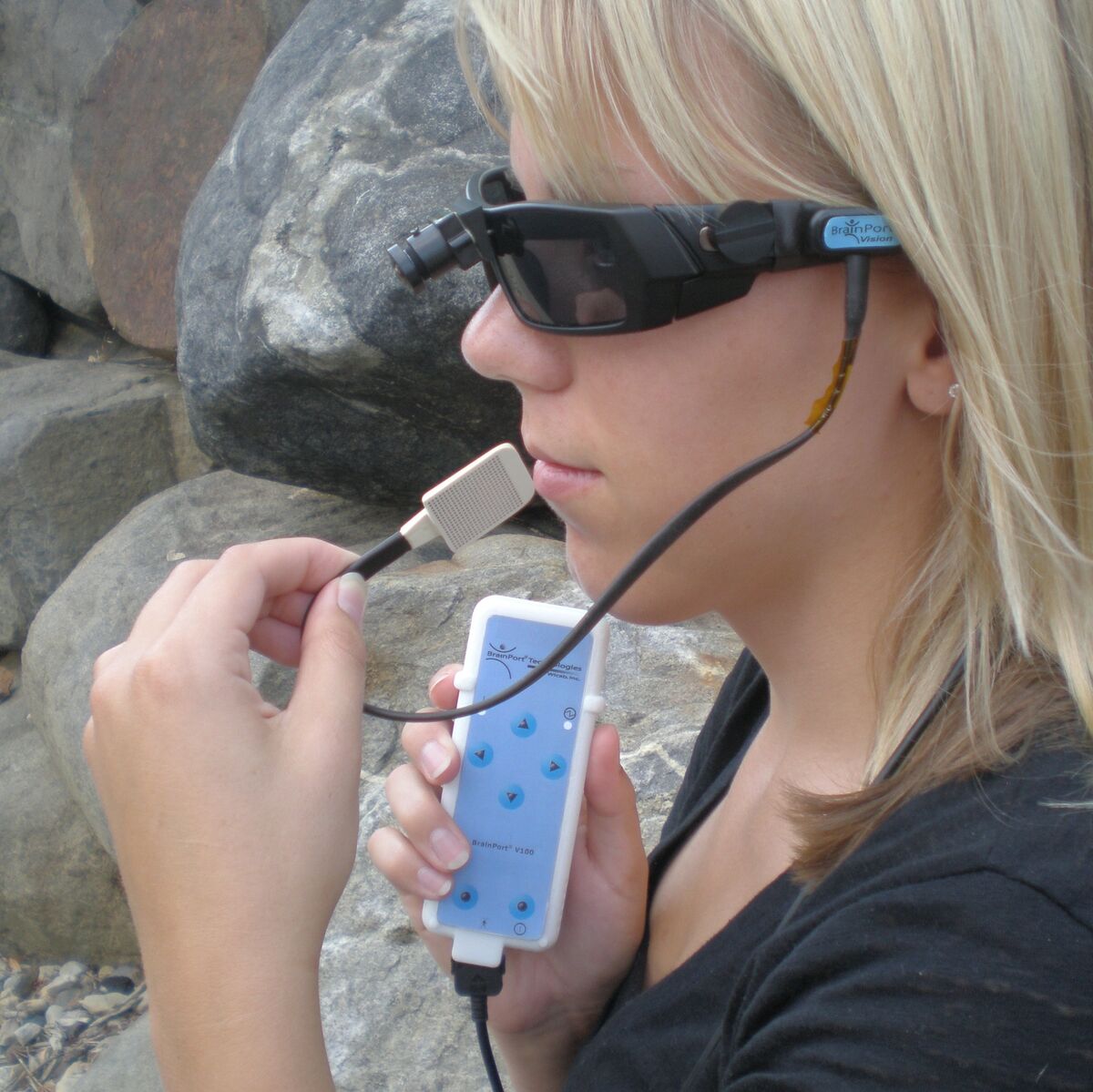Getting to grips with ironHand
Reduced hand function and an impaired grip can make many aspects of day to day living difficult. That is the problem that ironHand, a 3 year project that started in 2014 and is funded by the European Ambient Assisted Living (AAL) programme, is setting out to solve.
The project is based around a lightweight robotic glove that adds extra strength to the grip. It’s worn like any glove and is powered by a power unit that can be strapped to the arm or worn on the back. Its software adjusts the level of extra grip, depending on the requirements of the user.
ironHand is intended for elderly users as reduction in grip is a common result of both age related muscle loss and conditions such as stroke and arthritis. “The device will especially support weak grip and could also be used by people with impaired hand function including older adults, but also younger people with disabilities,” says Professor Hans Rietman, Professor in Rehabilitation Medicine and Technology at University of Twente in the Netherlands.
University of Twente is closely associated with Roessingh Research and Development, which is one of the ironHand consortium partners. Other partners are Bioservo, a robotic glove innovator, Hocoma, a leader in robotic rehabilitation therapy, Nationaal Ouderenfonds – National Foundation for the Elderly in the Netherlands, The Department of Health and Social Care of the Municipality of Eskilstuna, Sweden and terzStiftung, a Swiss non-profit that promotes the interests of over 50s.
The glove is powered by software that provides increased grip when triggered by intention detection logic, activated by the user initiating the movement needed.
Because loss of grip can result from lack of exercise, the glove uses intelligent algorithms that can adapt the level of effort required to operate. This means that it doesn’t worsen muscle atrophy by completely taking over the grip function. Hooked up to an external display, like a mobile phone, it can also be used for therapeutic exercises, for stroke rehabilitation for example. And it monitors usage meaning a tailored exercise programme can be developed. It also transmits the resulting data to the user’s doctor.
The project started in May 2014 with identification of user requirements, gathered from seven focus groups of 25 elderly people and 18 healthcare professionals. Professor Rietman explains the progress to date: “The first iteration of the prototype was recently delivered. At this moment, this prototype is tested during a feasibility study including elderly participants in the Netherlands, Sweden and Switzerland. The feasibility study will examine user acceptance of the ironHand system and the impact of the ironHand system on functional performance of elderly people in ADL-like [activities of daily living] situations.”
So far, the focus groups have fed back some interesting findings. “The participants of the focus groups specified many requirements regarding practical issues, the design and usability of assistive technology. Participants mentioned that the device needs to be wearable, compact and lightweight. Regarding practical issues and usability of assistive technology, the device should be easy to use and washable. However, all participants mentioned they only want support for the particular functions that need assistance,” he says.
This is useful because it will help ensure that the glove is developed in a way that make users want to use it. “All these user requirements are interesting and very important because the participants mentioned that they will not use the device if it does not fit in their physical, social and personal environment,” he says.
Ultimately, the goal is to create a commercially viable and available product. While he has no commercial launch date in mind at this stage, nor any idea of price, Professor Rietman says that the intention is to make the glove commercially available soon after the end of the project in 2017.
Ultimately, the technology could have wider use. Professor Rietman explains, “At the moment we have other ongoing research projects at Roessingh Research and Development, related to the ironHand project. The idea is that the glove developed within the ironHand project could be combined with other devices, for example devices supporting the shoulder and elbow. In this way, the system can be used in a wide range of participants.”
Image source: ironHand project
Liked this? Read more stories in bespoken:
Living Aids for limited hand function: Gripability & Etac Handl...
Sometimes it’s the small things: Assistive Technology at Raeden Court
Tags:
Replies to This Discussion
© 2025 Created by Gordon White.
Powered by
![]()
